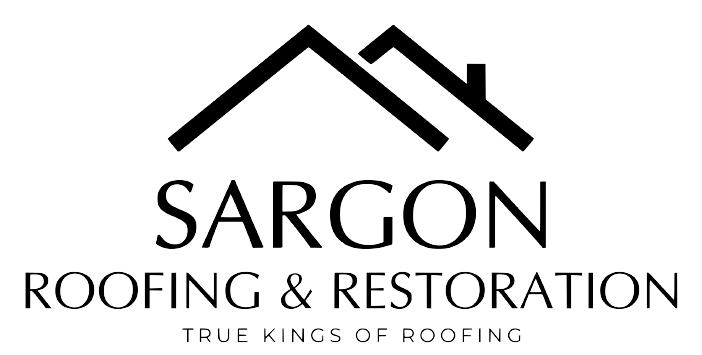Your home’s roof is its first line of defense against the elements. However, over time, exposure to weather conditions can lead to various issues. Identifying these problems early can prevent costly repairs and protect the integrity of your home. Here are some common roofing problems and how to spot them before they escalate:
- Leaks and Water Damage: One of the most apparent signs of a roofing problem is water stains on the ceiling or walls. Check for discoloration, peeling paint, or mold growth, especially after heavy rainfall. Inspect the attic for dampness, water trails, or signs of moisture around vents, chimneys, or skylights.
- Missing or Damaged Shingles: High winds, storms, or aging can cause shingles to loosen, crack, or go missing. Conduct a visual inspection of your roof, looking for any irregularities or areas where shingles are absent. Pay attention to curled, buckled, or blistered shingles, as these indicate potential issues.
- Clogged Gutters and Downspouts: Debris buildup in gutters and downspouts can lead to water backup, causing damage to the roof and even the foundation. Regularly clean gutters to ensure proper water flow and prevent potential leaks or structural issues.
- Flashing Problems: Flashing seals vulnerable areas like vents, chimneys, and skylights. Damaged or deteriorated flashing can lead to leaks. Check for rust, cracks, or missing sections of flashing and address these issues promptly.
- Sagging Roof: A drooping or sagging roof could indicate a serious structural problem. Inspect the roofline from a distance to identify any irregularities or dips. Sagging areas may signal underlying issues with the roof deck or supports.
- Pests and Animal Infestation: Animals can find their way into your attic through damaged areas or compromised sections of the roof. Look for signs of animal activity, such as nesting materials, droppings, or scratching noises, and promptly address these entry points.
Early Identification Methods
- Regular Inspections: Schedule annual roof inspections by a professional or conduct your own visual checks periodically.
- Use Binoculars: Safely inspect your roof from the ground using binoculars to identify any visible damage or missing shingles.
- Monitor Interior Spaces: Keep an eye on the interior of your home, checking for signs of leaks, water stains, or mold growth.
- Address Problems Promptly: Don’t ignore minor issues. Small leaks or damaged shingles can quickly escalate if left unattended.
- Keep Records: Maintain records of previous repairs or maintenance, aiding in tracking potential problem areas.
In conclusion, early detection of roofing problems is crucial to prevent extensive damage and costly repairs. By staying vigilant and addressing issues as soon as they arise, you can maintain a sturdy and reliable roof, ensuring the protection and longevity of your home. Regular maintenance and timely repairs will ultimately save you time and money in the long run.
